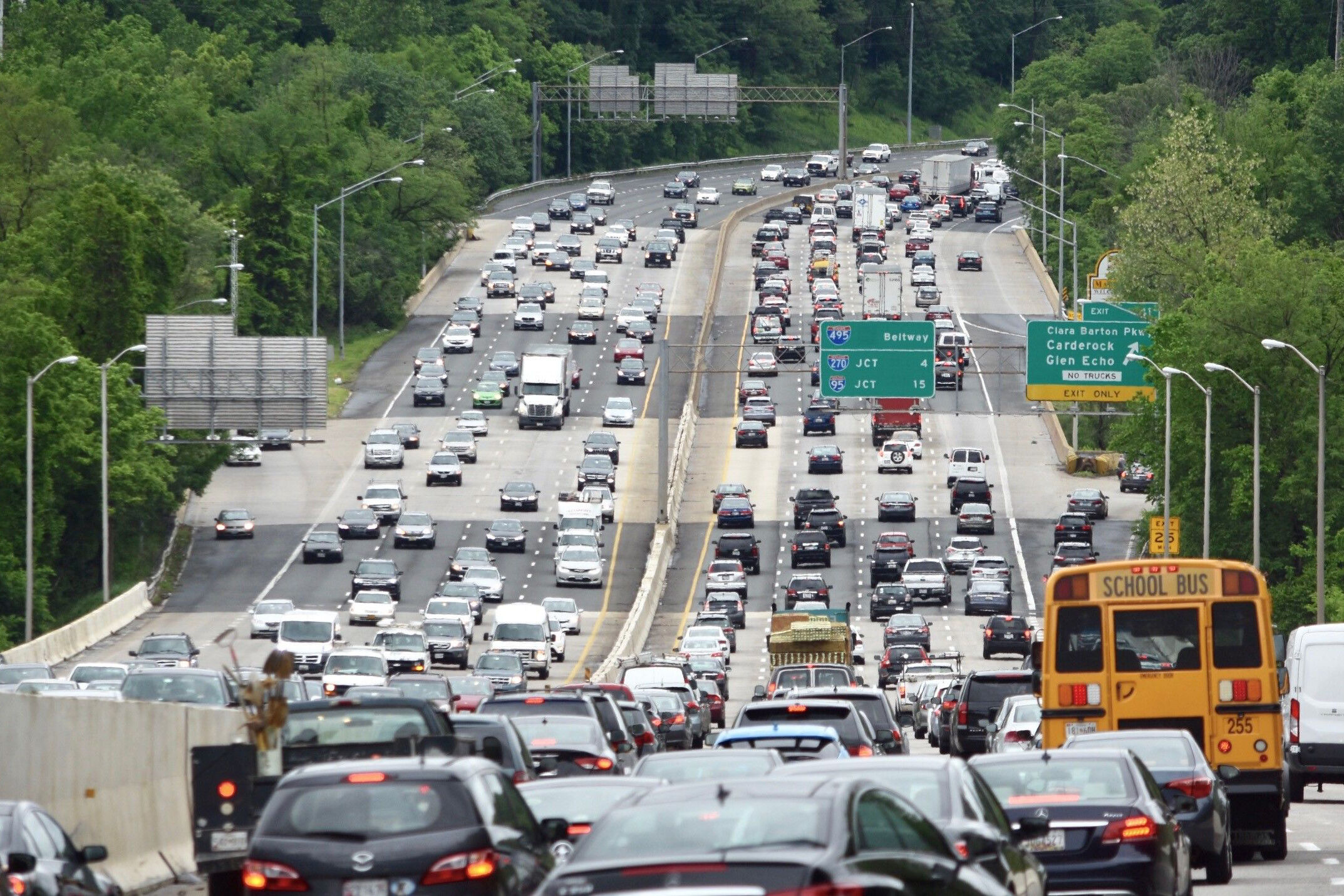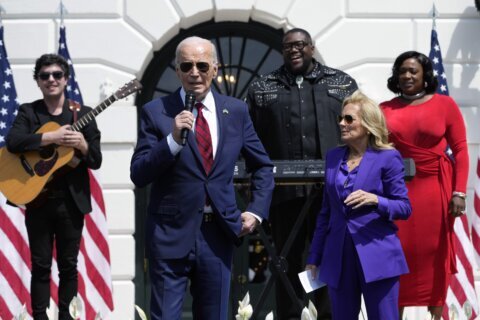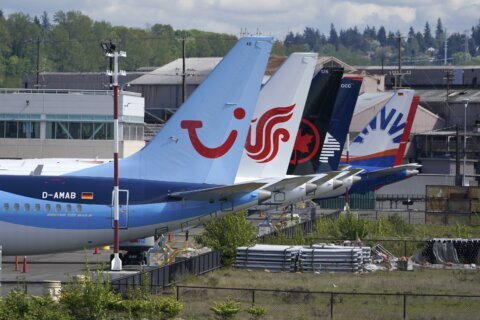
The auto insurance industry is highly competitive and insurance premiums rates vary wildly based on a variety of factors — but on the whole, the D.C. area is fairly inexpensive for auto insurance,
Based on share of household income to pay for annual auto insurance, the D.C. metro ranks third-least expensive among the 25 largest U.S. cities.
New research from Bankrate says the average D.C.-area household spends just 2% of annual income on auto insurance, an average of $1,659. Based on share of household income, only Boston and Seattle are less expensive.
Auto insurance rates vary from company to company, and are based on driver history, age, location and type of vehicle, as well as state regulations.
Based purely on average premium amounts, and not based on share of household incomes, which are high in the D.C. area, the D.C. metro still has the fifth-lowest average auto insurance premium among the 25 largest metros.
When it comes to insurance companies raising policyholder premiums, being involved in a collision won’t actually have the biggest impact. Credit scores have more impact.
“Going from a good credit score to a poor credit score can add significant amounts — as much as $1,200 or $1,300 on to your yearly premium,” said Stephen Kates, CFP and insurance analyst for Bankrate.
In the D.C. metro, drivers who experience a significant decrease in their credit rating will see their insurance premiums go up about $1,137 a year, according to Bankrate.
Regulations in Maryland prohibit insurance companies from canceling a policy or raising premiums during a renewal, though the state does allow insurance companies to use credit history to determine rates on a new policy.
A speeding ticket could push premiums up $338 a year in the D.C. area. Letting an auto insurance policy lapse could raise the annual premium by hundreds of dollars.
The single largest increase in auto insurance premiums for policyholders comes when they add their teen drivers to their insurance coverage. But there are ways to minimize that a bit.
“A lot of insurance companies are adding good grades into insurance savings,” Kates said. “Also, raising deductibles, bundling insurance. A lot of insurance companies are offering that you can plug in a USB or computer chip into your car to monitor driving.”
As noted, the auto insurance industry is very competitive, and Bankrate says consumers should take advantage of that to keep a lid on premiums.
“Leaving aside things like not getting into a car accident, avoiding a DUI, not getting a speeding ticket — those are a given — the biggest thing you can do to help your insurance is to shop around, compare and simply ask what you can do to save money,” Kates said.
The most expensive metros for annual auto insurance premiums as a share of household income are Miami, Detroit and Tampa, according to Bankrate.
For Bankrate’s True Cost of Auto Insurance report, it evaluated rates across more than 35,000 ZIP codes, and analyzed the effects of multiple variables based on a 40-year-old man and woman, driving a 2019 Toyota Camry with full coverage.








